|
It sounds like a recipe for a wild night on the beach, but no, it is just the beginning of a list of all the things people try to get labor going. Pregnant women spend the first 36 weeks of their pregnancy worrying about whether labor might come too early and spend the last four weeks (or six weeks for the unlucky) worrying that it will never come. However, it is not so easy to understand what might actually bring about labor too soon or help it along when a pregnancy extends past its expiration date or a mother’s (or her doctor’s) tolerance. There is a nice little analogy I came up with a few years ago to help my patients understand this complicated process. It starts with a horse in a barn, because, well, I am from the southwest and we talk about things like horses and barns. The baby is the horse: The horse lives in a barn: Around that barn, is a fence: And all the other little horses, or babies, are out in the pasture: The horse lives happily inside your uterus until, eventually, usually between 37 and 41 weeks after conception, it decides it wants to get out, but it doesn’t just want out of the barn, it wants past the fence and out to pasture with all the other baby horses. The horse, your baby, is the one that decides to get out of the barn, and sends that signal for labor to start. So why do people even bother with things like sex, pineapple, acupuncture, evening primrose and all the other things people try to get into labor, or why do they tell women to avoid sex if there is a concern about premature labor? If the horse is the one that decides to get out of the barn, how do any of these things work?
However, if our barn door is functional and locked up tight, we can leave our fence gate as open as we like, and that little horse is not going anywhere.
0 Comments
|
AuthorDr. Michelle Aristizabal is a board-certified General Obstetrician and Gynecologist in Montclair, NJ. She is the author of Natural Labor and Birth: An evidenced-based review of the natural birth plan and runs a busy, private practice, with a special focus on supporting women who desire low-intervention, un-medicated births. Archives
February 2022
Categories |
Photo used under Creative Commons from spline_splinson


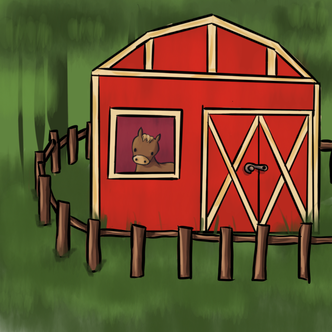
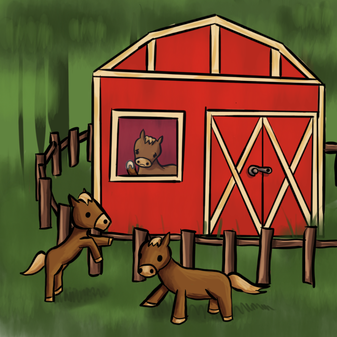
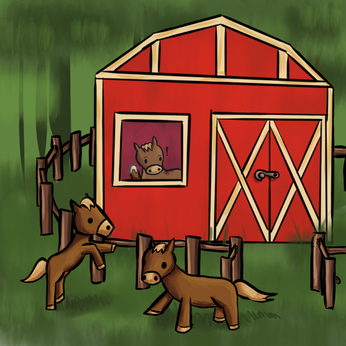
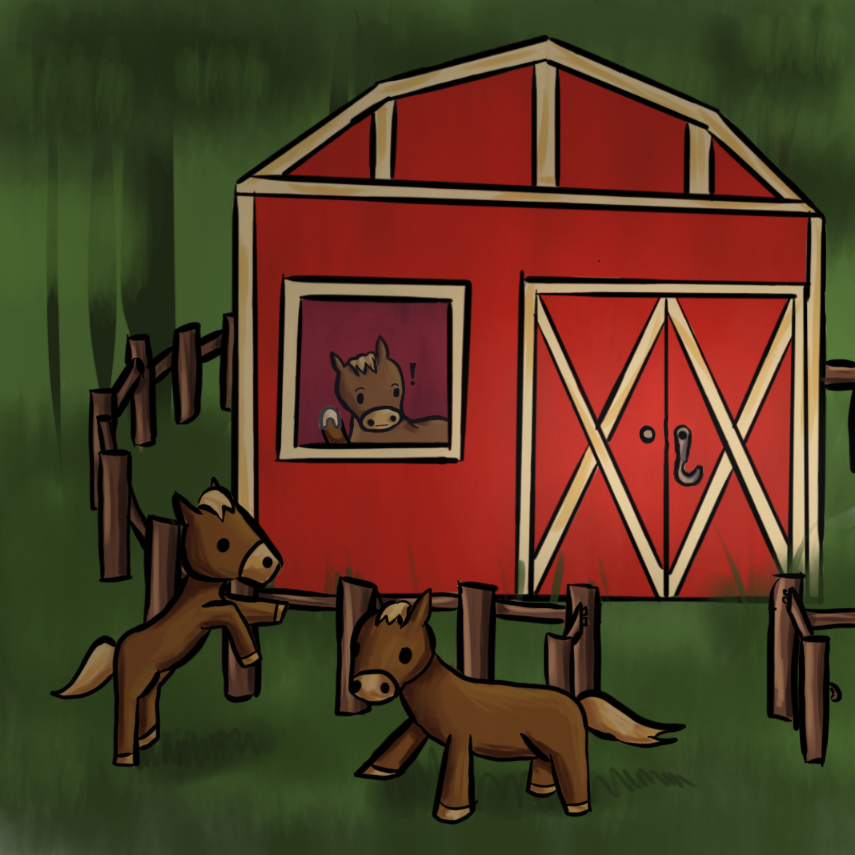
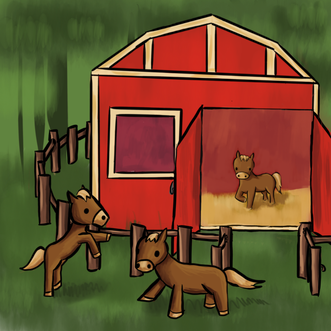
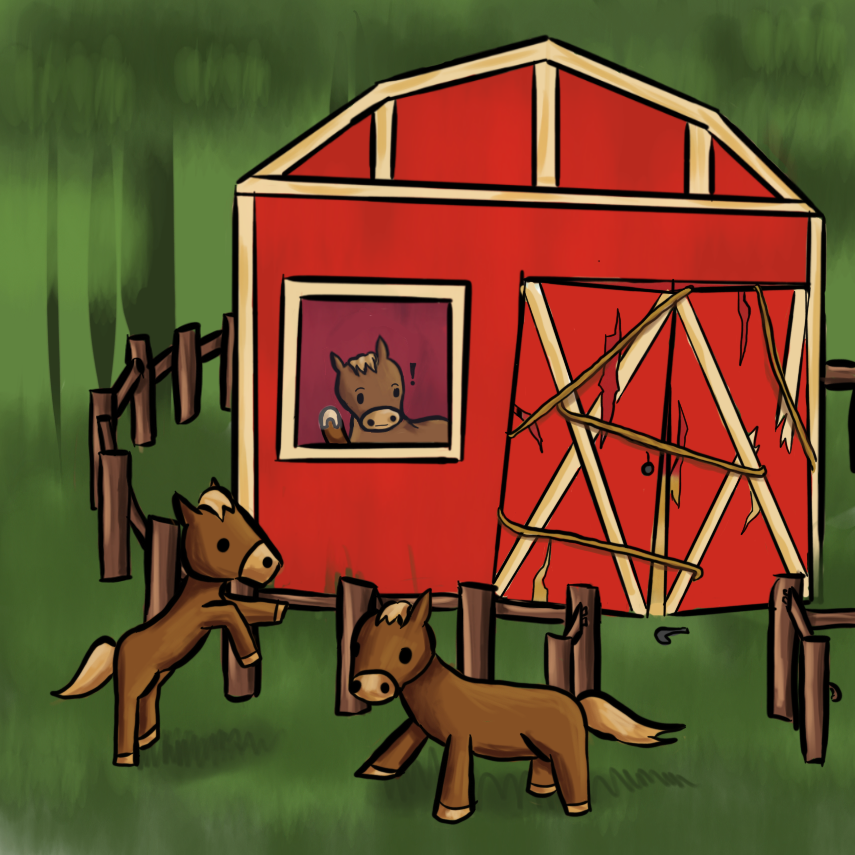
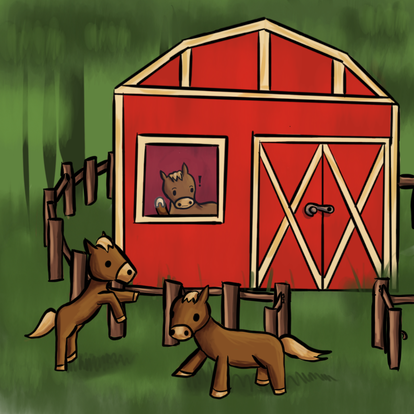
 RSS Feed
RSS Feed